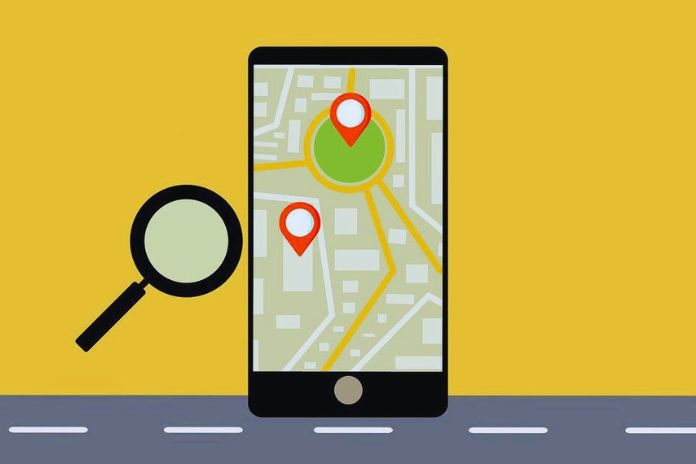One of the best applications for Android that allows you to find a lost or stolen mobile phone is Where My Droid.
Also compatible with older versions of Android, the free Wheres My Droid version provides numerous features of great interest: the ability to make the phone ring or vibrate (applicable if it is still nearby or in the same working environment) or to track it thanks to the identification with GPS coordinates.
My Droid can also detect and notify me whenever a new SIM card is connected to the smartphone or when the phone number used by the device changes. To work, Where’s My Droid must remain constantly running even if, fortunately, the application does not “stress” the battery, thus not negatively affecting its autonomy. The primary way to interact with Where’s My Droid is by sending an SMS to your lost or stolen phone.
The syntax is straightforward and can be changed by following the wizard proposed after installation: By sending an SMS with the text WMD Ring, the phone will ring and vibrate while sending the WMD GPS message to the device, which will reply by transmitting its position (GPS coordinates). To find an Android mobile phone’s position, send an SMS with WMD GPS content to the device where My Droid is installed.
The Commander module instead allows, from a web interface, to activate all the program functions without sending any SMS. To use Commander, Where’s My Droid must be linked to a Google Gmail account (email addresses other than @gmail.com are not supported).
After clicking on Finish, when the Sponsored offers from Wherès My Droid screen appears, you can “tap” the No thanks button at the bottom left.
From the Where My Droid main screen, you can access the various settings that will allow you to customize the application’s operation further. By clicking on GPS Setup, for example, it is possible to define how many and which Where My Droid messages it should send in response to when it receives the WMD GPS command via SMS.
By default, five reply SMS are automatically prepared and transmitted: the first is a confirmation message indicating that the phone is on and the GPS module is working, and the second contains the GPS coordinates (latitude, longitude, the accuracy of the detection but also speed and altitude), in the third a Google Maps link is “pasted” while in the last one, the postal address where the smartphone is located is returned.
You can choose which communications via SMS you wish to receive by ticking or deactivating the various boxes. From the available menu of Where’s My Droid, by “tapping” on Security Settings, it is possible to set a ” White/Blocklist. ” By specifying one or more telephone numbers in this configuration screen, it is possible to decide from which mobile terminals My Droid can take orders or, vice versa, ignore them. This is an essential adjustment because it prevents the smartphone from being controlled by unknown numbers or unauthorized persons, for example, to obtain information on the phone’s physical location.
Finally, the ” Passcode ” function allows you to set a security code whenever you want to open Where My Droid. By specifying a numeric password, you will prevent the program configuration from being altered by unauthorized persons. All the other features of Where’s My Droid (the ability to remotely lock the phone or wipe its contents entirely) are not available in the free version of the application.
ALSO READ: Software Collaboration And Integration Features Are A Driver For Digital Transformation


